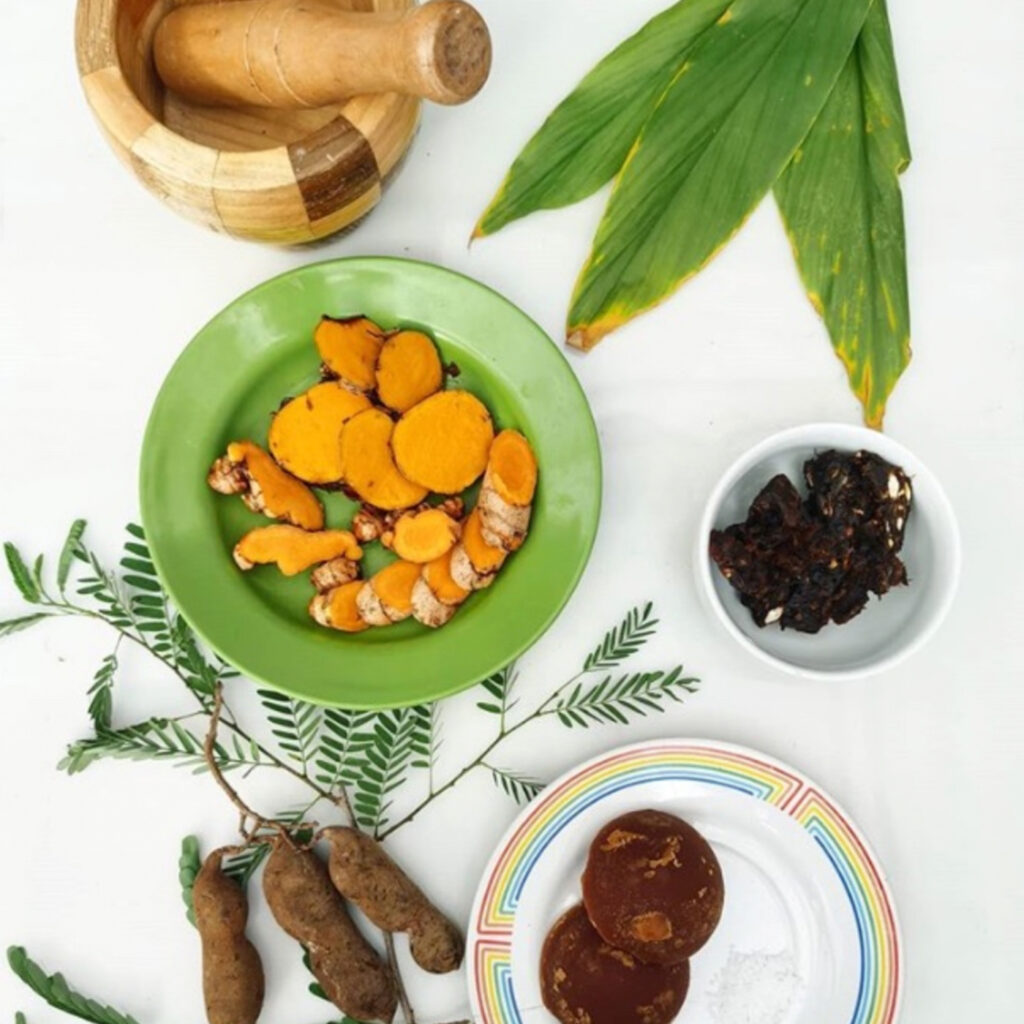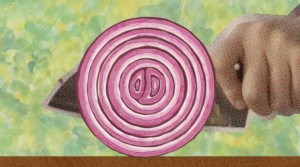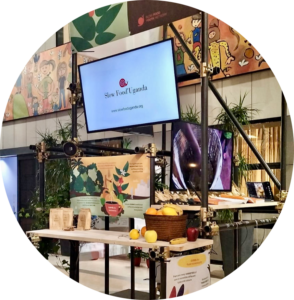After a successful Baking Festival, the Slow Food Youth Network tried their fermentation skills to the art of drinks with the SFYN Drink Festival held virtually on Instagram on August 1, 2020, an online celebration that allowed participants to connect with drink artisans from all over the world.
Throughout the day, the participants shared recipes and knowledge about different types of drinks and ancestral beverages on Instagram live streams from their respective accounts. The viewers enjoyed a flavourful journey of varied techniques and a diversity of cultures, learning about drinks, alcoholic or not, that have shaped and strengthen communal bonds.
Humanity has always had a certain predilection for alcoholic drinks, which has been explored and consume throughout our history. Just like it happened with agriculture, most of the cultures have developed their own fermented drinks using fruits, grains, berries, or herbs that represent the land around them, giving specificity to each. However, humans are not the only ones with a taste for fermented foods, animals also enjoy consuming fermented fruits.
According to an anthropological explanation, our ancestors used to feed themselves with fermented fruits because they were easier to find, and also the digestion process was undemanding when they ate them in that state. Nowadays there are a wide variety of alcoholic drinks, which are the result of our evolution. Almost every fruit or plant containing starch has been turned into a drink.
Throughout the development of our cultures, alcoholic beverages were consumed for different reasons: with religious purposes for instance, as in rituals; for nutritional needs, because of its energy and nutrients; as a medicine, due to their anti-microbe properties; and even as a payment, consequently in some places alcoholic beverages were used instead of money. But the most common use, even nowadays, is as a social lubricant.
To drink recreationally, in the company of others, has allowed individuals to narrow the links between the ones involved in this act of sharing, creating a sense of community. Under its effects, what is normally censored is freed; communication is more fluent and is expressed not only verbally but also with our gestures. We experience disinhibition and we let our inner thoughts out.
During the SFYN Drink Festival, we were able to appreciate the recipes shared by the drinks artisans, also the cultural background and story behind them, which is a way to show the importance that they have. After all, drinking is an integral part of our humanity and we are happy to have gathered to share information of its value worldwide.
Two of the recipes featured on the Instagram lives were: Turmeric tamarind Tonic, from Indonesia and Chicha made with purple sweet potato, from Bolivia; which we suggest you try.

Turmeric tamarind tonic / Jamu
85 grams turmeric Root
750 ml water
80 grams coconut sugar
45 grams tamarind / Asam Jawa (the old one)
Pinch of salt
How to make:
1. Clean the turmeric root, slice and blend with water.
2. Strain the turmeric dregs/waste, then boil the turmeric liquid.
3. Wait until boiled first, then add the tamarind, coconut sugar, salt and let it simmer for a while.
4. Strain again.
Turmeric Tamarind is ready.

Purple sweet potato chicha / Chicha de camote morado
400 grams purple sweet potato
1-liter water
2 grams cinnamon
5 cloves
Sugar to taste
How to make:
1. Wash the sweet potato
2. Add water, cinnamon, and cloves and cook until the sweet potatoes are softened.
3. Strain and serve, adding sugar to taste.
Having reached this point, you can drink it like this, or you could proceed to the fermentation process:
4. Put the infusion in a glass bottle with an airtight lid.
5. Add 5 grams of sugar to help the fermentation process.
6. After 3 days the beverage should have a slight percent of alcohol.
The chicha is then ready to be shared.










